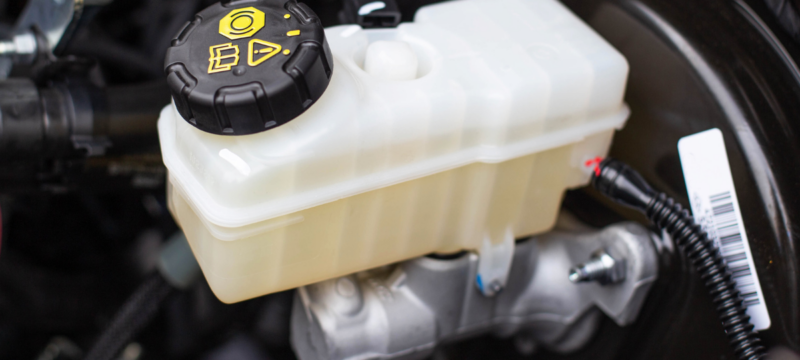Your car is a complex machine, and sometimes it speaks to you in an unusual language – colorful leaks on your driveway or garage floor. Like any fluent conversation, understanding the nuances and meanings behind these colors can save you a significant headache in the long run. In this comprehensive guide, we’ll translate what the different hues dripping from your vehicle could indicate about its health and share valuable maintenance tips to keep your wheels running smoothly.
Identifying Common Car Leak Colors
Red: Power Steering or Transmission Fluid
That bright red slick may be a sign of power steering or transmission fluid leaks. Both of these are critical to your vehicle’s operation and require immediate attention. Power steering fluid allows you to easily turn your steering wheel, while transmission fluid keeps gears lubricated.
Green: Antifreeze or Coolant
A green leak may indicate a problem with your antifreeze or coolant system. The coolant is responsible for maintaining your engine’s temperature at optimal levels, preventing overheating or freezing.
Blue: Washer Fluid
Before you consider it a significant issue, check if the spill is just the watery hue of washer fluid. It’s essential for visibility, so topping it up regularly is part of vehicle maintenance.
Yellow: Radiator Coolant
If you spot a mellow yellow, it’s likely radiator coolant. This color can range from the traditional yellow to a more golden hue, but either way, it’s a clear signal something’s amiss with your cooling system.
Brown: Engine Oil
Leaking brown fluid is generally a straightforward sign of engine oil. It could be coming from an oil filter that needs changing, a drain plug not secured properly, or a variety of other engine-related issues.
Black: Exhaust Issues
Black leaks are concerning, as they usually point to exhaust problems which may cause environmental harm and can also be quite hazardous to passengers. An exhaust containing soot can be a furtive indicator of an engine or fuel system malfunction.
Interpreting Car Health from Leak Colors
A spot on the ground isn’t just a spot. Each color signals a different system and the potential issues with it. Steer clear of the temptation to ignore these warning signs. They’re not just an inconvenience but can cause severe damage to your vehicle if left unattended.
Impact of Leaks on Car Performance and Safety
Ignoring leaks doesn’t just affect your wallet; it can significantly impact safety and performance. Low or contaminated fluids can lead to overheating, poor lubrication, difficulty steering, reduced braking effectiveness, and can even cause severe engine damage.
Preventive Maintenance Tips
Accidental spills are inevitable, but monitoring your car’s health can be a proactive choice. Here are some smart preventive measures to keep your car leak-free:
Regular Inspection and Maintenance Practices
- Check Fluid Levels: Regularly inspect fluid levels under the hood to catch leaks early.
- Listen for Problems: Any unusual noises or odors could be warning signs of a leak.
- Address It Promptly: If you do spot a leak, don’t wait. Schedule a check-up with a mechanic or examine the problem yourself if you’re comfortable doing so.
Conclusion
Understanding the color of your car’s drips is like understanding a part of its language. It enables you to hear its concerns before they escalate. Each color tells a story about what’s happening inside your vehicle. To ensure a healthy car, take a proactive approach to maintenance, and address leaks with urgency. For all your automotive knowledge and convenient pit stops, Pinecrest Shell is your go-to destination.
Pinecrest Shell offers expert car care, fuel services, and a range of automotive conveniences so that you can keep moving with confidence. Trust in our seasoned professionals to investigate your vehicle’s leaking colors and provide reliable solutions. Remember, when your car speaks to you in hues, respond promptly and remember that Pinecrest Shell is here to help you understand its language.



Leave a Comment